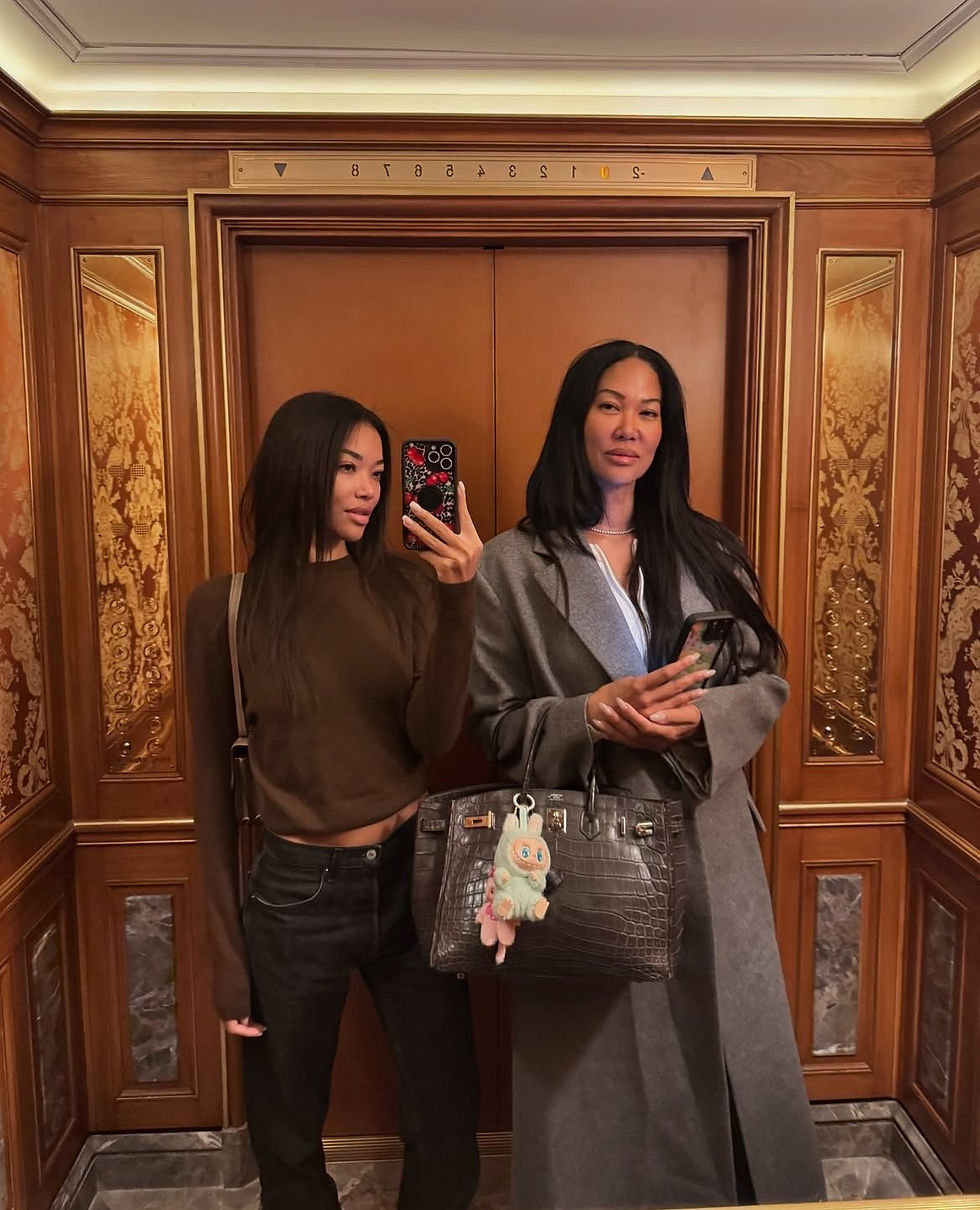From TikTok to Mom's Cart: A New Consumer Journey
- Drew Townsel
- Sep 23
- 4 min read
Updated: Sep 28
My mom’s entire vanity was curated by me. I’m the one who picks out her assortment of luscious beauty products because I follow the most fabulous Tribeca moms on Instagram. For example, 111SKIN’s Black Diamond Eye Cream is now one of her favorites. I saw a TikTok about it, remembered she’d been looking for a new eye cream, and instantly texted it to her. When she went to buy it, she simply walked into her neighborhood Bluemercury and asked for it by name, knowing it had already been vetted. This is the new consumer journey in action.

The same shift is happening in fashion. My cousin curates her mom’s capsule wardrobe, keeping tabs on elevated basics from brands like Quince, Everlane, Buck Mason, EB Denim, The Frankie Shop, and Source Unknown. Because she’s so immersed in these brands, she inevitably knows exactly where to point her mom when she asks about fall staples. Moms aren’t solely relying on sales associates at Nordstrom or Neiman Marcus anymore—they’re turning to their daughters.
The Shift in Influence
For decades, consumer culture followed a top-down model: mothers introducing their daughters to the beauty counters at department stores, guiding their first skincare routines, or sharing style tips rooted in timelessness and tradition. Today, that dynamic has reversed. Gen Z women, born between the late 1990s and early 2010s, are digital natives with an encyclopedic knowledge of social media trends, micro-communities, and ethical sourcing. Armed with this fluency, they’ve become trusted advisors within their households. According to Business of Fashion and McKinsey’s “State of Fashion” beauty report, 90% of parents say their children influence their buying decisions—an unprecedented level of reverse influence.
Mapping the Mother–Daughter Journey
Discovery: Gen Z women are immersed in a 24/7 stream of micro-trends across TikTok, Instagram, and Pinterest. They discover brands via influencers, “get-ready-with-me” videos, and hashtag challenges—then share those finds with their mothers.
Evaluation: Digital literacy translates into discernment. Gen Zers vet ingredient lists, sustainability claims, reviews, and price comparisons before ever recommending a product. A study by Nielseniq found that Gen Z is more likely than any other cohort to research a brand’s ethics before purchase, making them an early warning system for greenwashing and gimmicks.
Recommendation: Mothers defer to daughters as arbiters of authenticity, often asking for recommendations directly or simply adopting what they see their daughters using. This can mean new skincare lines, niche designer bags, or up-and-coming makeup artists.
Purchase: The transaction often happens collaboratively—daughters filling online carts, sharing affiliate links, or shopping side-by-side with their mothers at pop-ups and in-store events.
Feedback and Repeat: If a purchase works, the mother becomes part of the daughter’s consumer ecosystem, creating a self-reinforcing cycle of co-adoption.
Why Mothers Trust Gen Z
This reversal of influence hinges on credibility. First, Gen Z women are digitally fluent in a way their mothers respect, parsing real reviews from hype. They also enjoy early access to trends, often encountering products weeks or months before mainstream press. And critically, they bring shared values to the table. Research by the International Logistics Group shows that 46% of Gen Z consumers are willing to pay more for sustainable products, and 45% will stop buying from brands they deem non-inclusive. Mothers, increasingly sensitive to these issues, lean on their daughters to identify which brands walk the talk.
Finally, social proof matters. When a mother sees a daughter’s friend group embracing a product—say, a clean beauty mascara or a direct-to-consumer jewelry line—it de-risks the purchase. The daughter acts as a live focus group, compressing the discovery curve.
Barriers to Adoption
Yet this isn’t a one-way street. Some mothers resist the pull of micro-trends or balk at premium pricing. Older mothers with established routines may favor functional or timeless style over novelty. Economic considerations also matter; a $300 serum may be an easier sell for an affluent consumer than for a budget-conscious one. Even when a daughter approves, a mother may reject an item if the style feels too youthful or the claims too far-fetched. In other words, Gen Z influence is powerful but not absolute.
Implications for Brands
For beauty and fashion marketers, this intergenerational buying pattern presents both a challenge and an opportunity. Rather than seeing Gen Z and their mothers as separate segments, think of them as a shared decision-making unit.
1. Speak to Both Generations at Once. Create campaigns that blend the trend-savvy language Gen Z craves with the performance and quality assurances their mothers seek. This could mean influencer partnerships that feature mother–daughter duos or “family testing” badges for products.
2. Enable Seamless Social Commerce. Offer features that let daughters share shopping lists or build carts for their mothers, or make gifting frictionless.
3. Lead With Transparency and Values. Highlight sustainability, inclusivity, and clean ingredients—but back up claims with proof points like certifications or supply chain transparency.
4. Offer Dual-Generation Experiences. Host in-store events, pop-ups, or virtual try-ons that encourage mother–daughter attendance. The shared experience deepens brand loyalty.
5. Balance Trend With Timelessness. Especially in fashion, pair buzzworthy pieces with more classic staples that feel safe for older shoppers but still align with Gen Z aesthetics.







